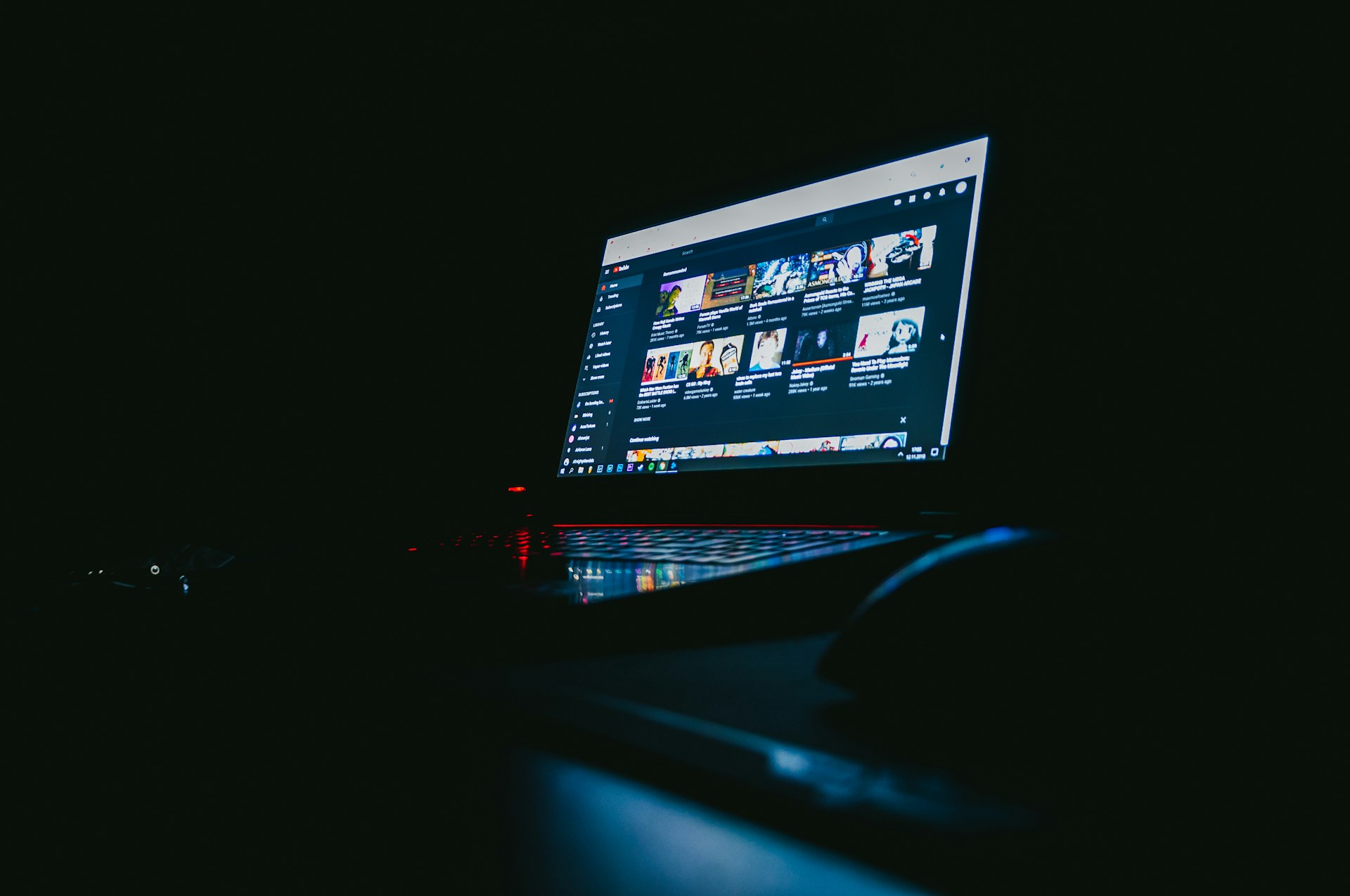A surge of surreal, AI-generated videos is dominating YouTube’s growth metrics, with almost one in ten of the platform’s fastest-growing channels in July posting exclusively machine-made content. These range from soap-opera-style dramas starring cats, to animated babies accidentally launched into space, to zombie versions of famous footballers, narratives stitched together less for coherence than for their bizarre, attention-grabbing appeal.
The rise is powered by advanced text-to-video tools such as Google’s Veo 3 and Elon Musk’s Grok Imagine, which allow creators to produce high volumes of visually striking clips at minimal cost. Some channels, like “Super Cat League,” have amassed millions of followers with increasingly absurd storylines, one popular video depicts cats shooting down and dismembering an eagle. The format thrives on spectacle, with algorithms often rewarding frequency and novelty over originality or narrative depth.
Critics have labelled the trend “AI slop” – content designed for quick clicks rather than lasting engagement. While it demonstrates the accessibility and reach of new AI tools, it also raises concerns about platform quality, the marginalisation of human creators, and the potential for a flood of repetitive or misleading material. YouTube has responded by removing some of these channels from its fastest-growing lists and stripping advertising revenue from those deemed to be recycling or mass-producing inauthentic content.
For the broader tech sector, the phenomenon illustrates the double-edged nature of generative AI in media. While the tools enable unprecedented creativity and speed, they also create fertile ground for low-effort mass production, threatening the integrity of content ecosystems. The challenge for platforms lies in balancing openness with oversight, ensuring that innovation is not stifled, while still protecting audiences from being overwhelmed by volume at the expense of value.
As AI content generation becomes more sophisticated and widely available, platforms that fail to set and enforce quality benchmarks risk undermining user trust. The test for YouTube, and for the wider industry, will be whether they can turn the same technology that fuels the flood into a force for curation, creativity, and credibility.


